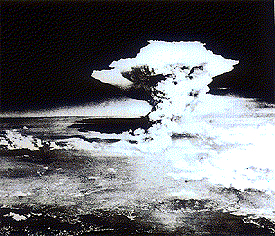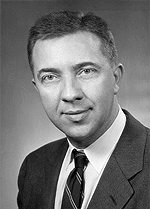|
...........With the detonation by the United States of the world’s first atomic bomb in the desert of Alamogordo, New Mexico, and the following employment of the weapons to end the war in Japan, a new age was born. This was an event that enkindled the coming age of competition between the American and Soviet world powers. Conventional warfare was no longer. With the entire world being divided between the "red" socialist states and the free democratic states, there was a greater feeling of hatred and paranoia being cultivated by both sides toward the other than ever before. It would not be long before the Soviets had their own weapons of mass destruction, and that the strategic mastermind of the USSR, Joseph Stalin, recognized the utility of ballistic missiles in his long-term plans. He knew that the U.S. air power was fierce, especially their new long-range atomic bombers. So he decided to pursue a different strategy. In an address to his high council he outlined his devious plans for the intercontinental rockets of the future, with confidence that he would soon have The Bomb: "Do you realize" he asked them "the tremendous strategic importance of machines of this sort? They could be an effective straitjacket for that very noisy shopkeeper [US president] Harry Truman. We must go ahead with it, comrades. The problem of the creation of the transatlantic rocket is of extreme importance to us"(Walter, 74). It was indeed a problem of extreme importance, to both sides of the struggle the task loomed ominously ahead: to be the first nation to build an effective and accurate long-range rocket, a rocket that could circle the globe. And so the race began. |


